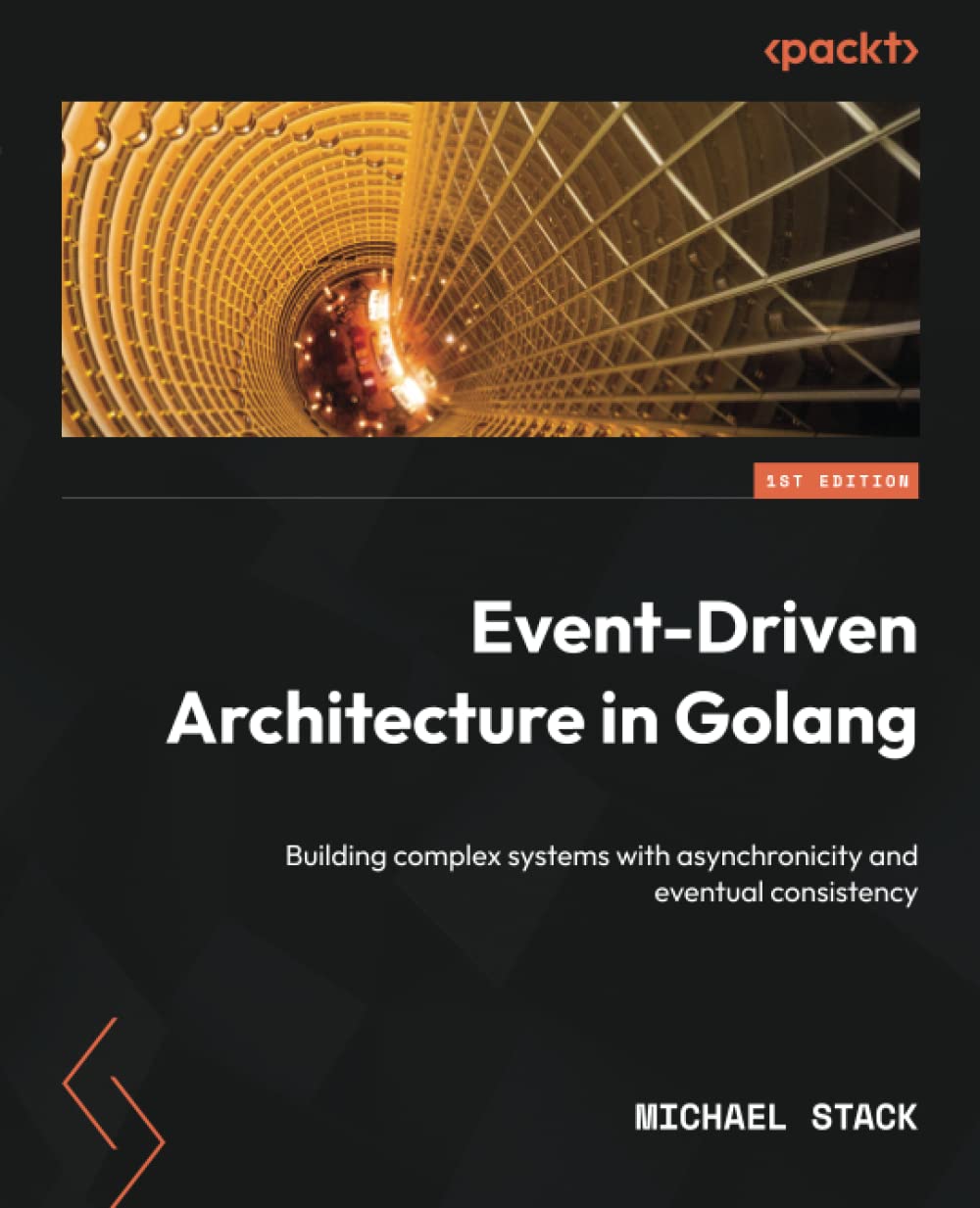

Most ebook files are in PDF format, so you can easily read them using various software such as Foxit Reader or directly on the Google Chrome browser.
Some ebook files are released by publishers in other formats such as .awz, .mobi, .epub, .fb2, etc. You may need to install specific software to read these formats on mobile/PC, such as Calibre.
Please read the tutorial at this link: https://ebookbell.com/faq
We offer FREE conversion to the popular formats you request; however, this may take some time. Therefore, right after payment, please email us, and we will try to provide the service as quickly as possible.
For some exceptional file formats or broken links (if any), please refrain from opening any disputes. Instead, email us first, and we will try to assist within a maximum of 6 hours.
EbookBell Team

5.0
48 reviewsBegin building event-driven microservices, including patterns to handle data consistency and resiliency
Key FeaturesEvent-driven architecture in Golang is an approach used to develop applications that shares state changes asynchronously, internally, and externally using messages. EDA applications are better suited at handling situations that need to scale up quickly and the chances of individual component failures are less likely to bring your system crashing down. This is why EDA is a great thing to learn and this book is designed to get you started with the help of step-by-step explanations of essential concepts, practical examples, and more.
You'll begin building event-driven microservices, including patterns to handle data consistency and resiliency. Not only will you learn the patterns behind event-driven microservices but also how to communicate using asynchronous messaging with event streams. You'll then build an application made of several microservices that communicates using both choreographed and orchestrated messaging.
By the end of this book, you'll be able to build and deploy your own event-driven microservices using asynchronous communication.
What you will learnThis hands-on book is for intermediate-level software architects, or senior software engineers working with Golang and interested in building asynchronous microservices using event sourcing, CQRS, and DDD. Intermediate-level knowledge of the Go syntax and concurrency features is necessary.
Table of Contents